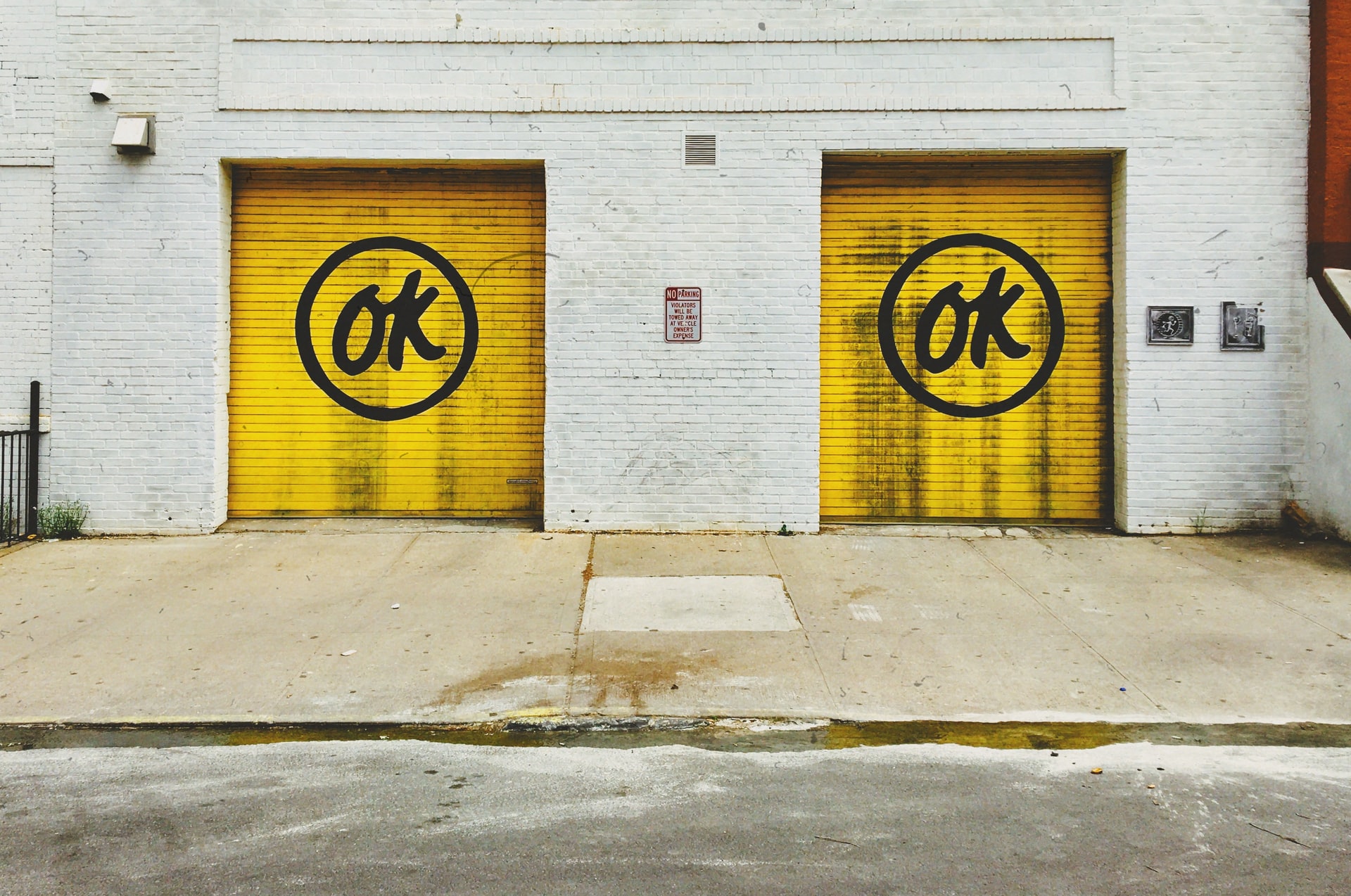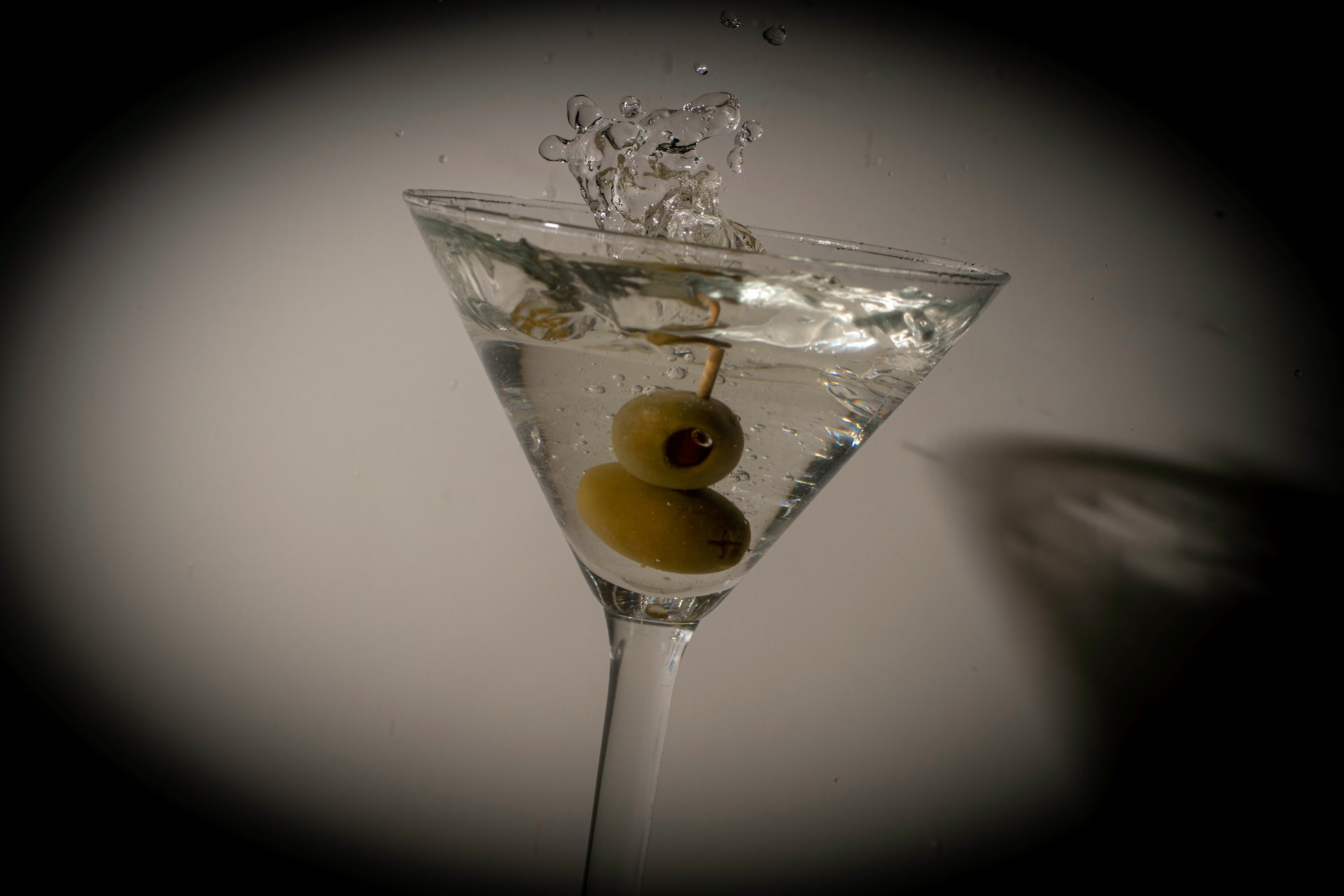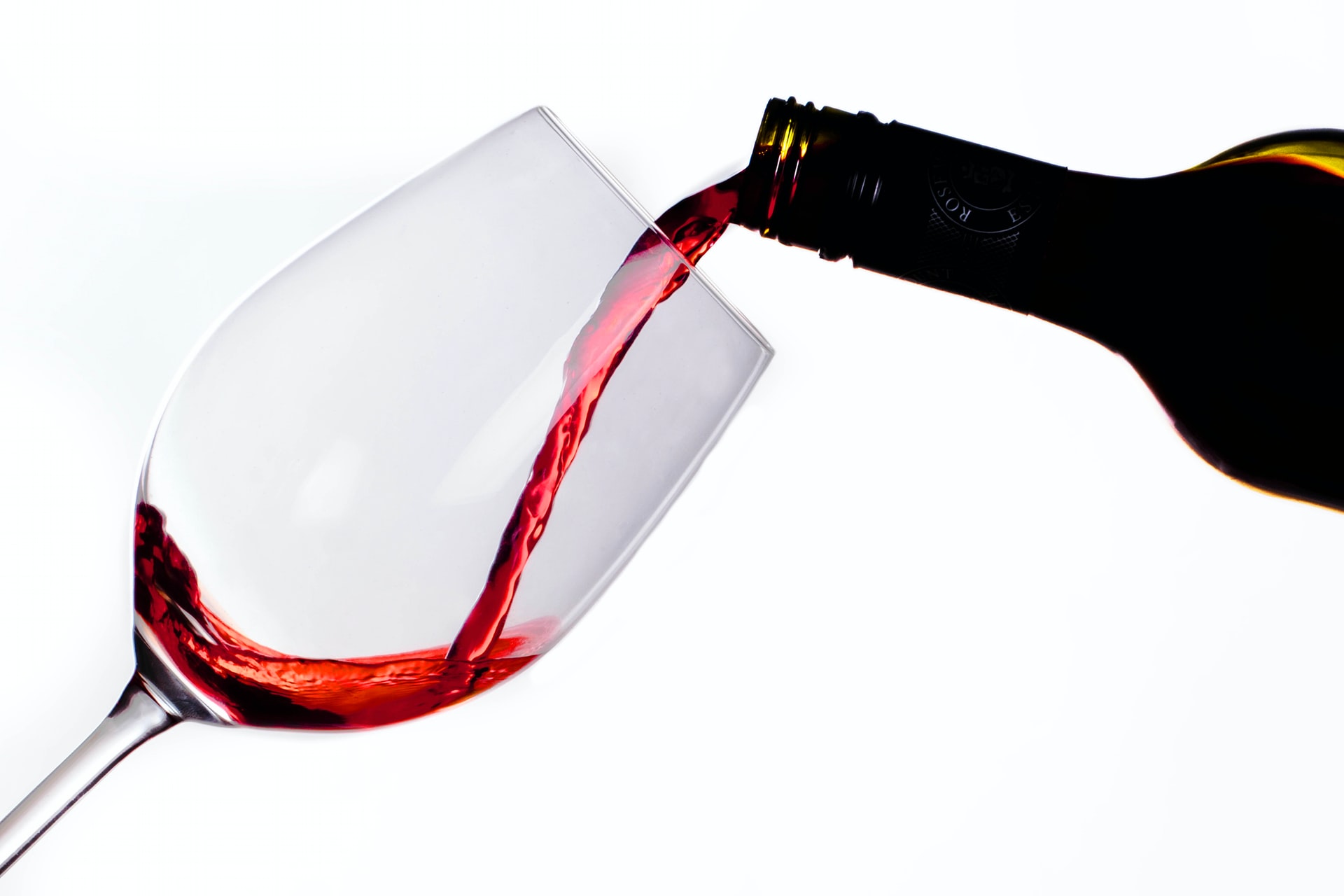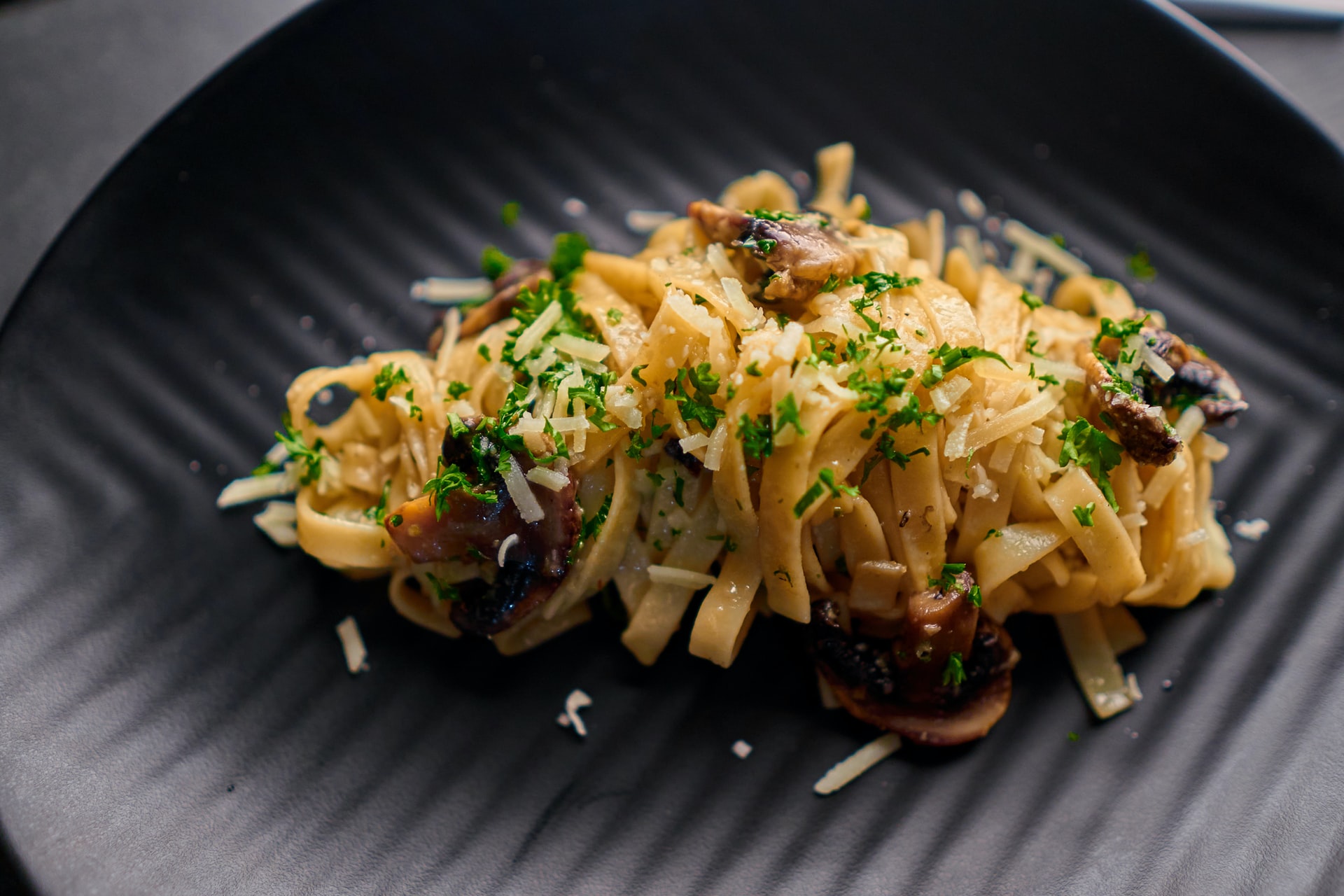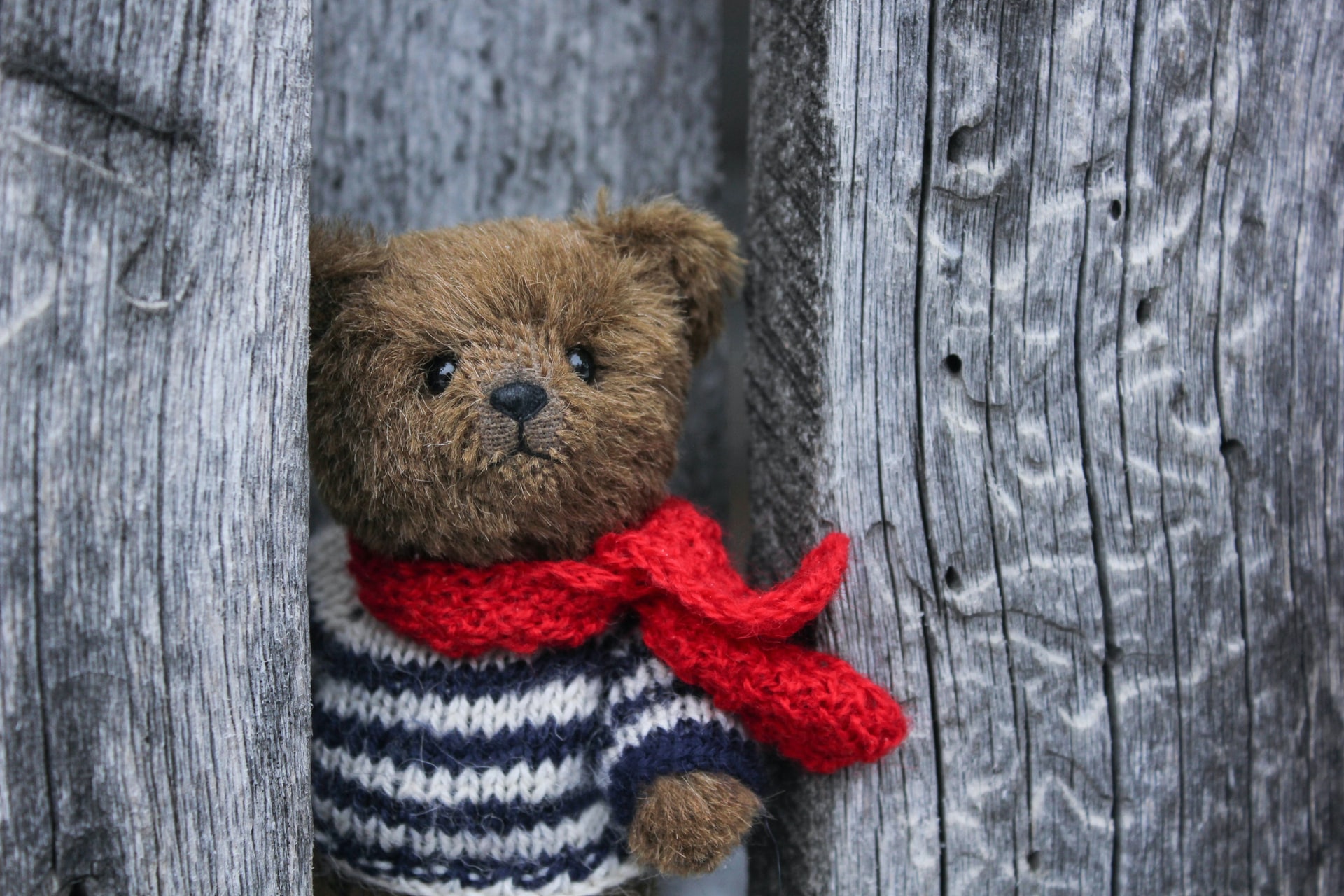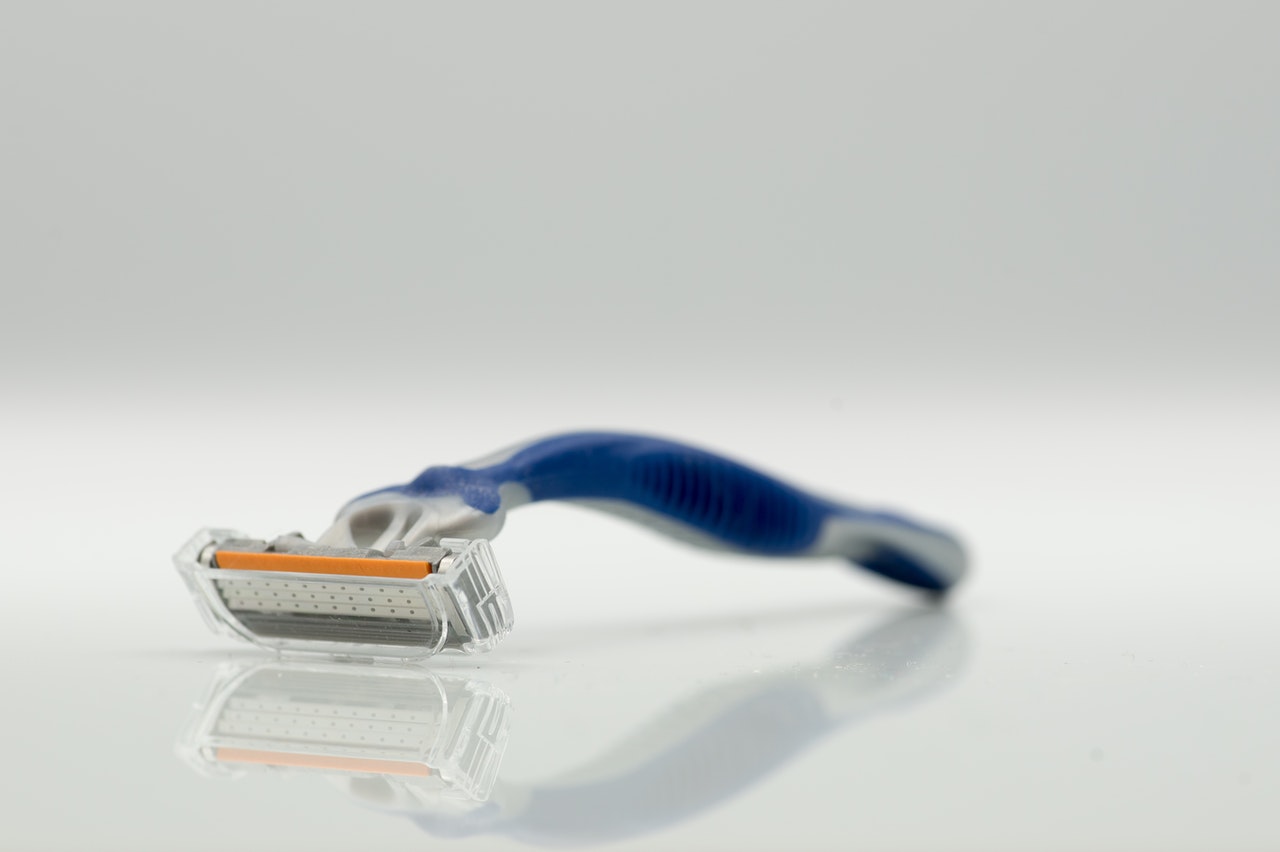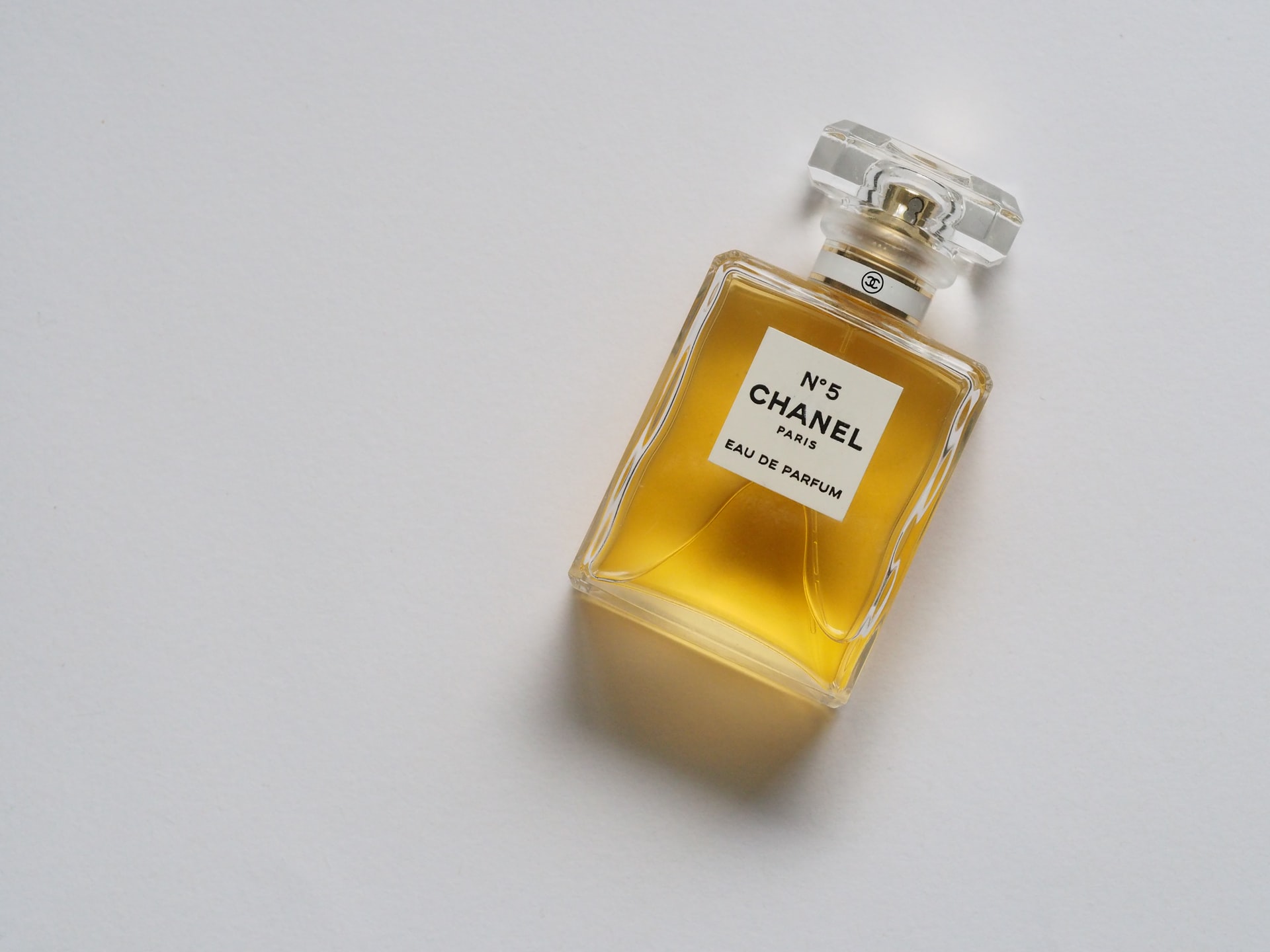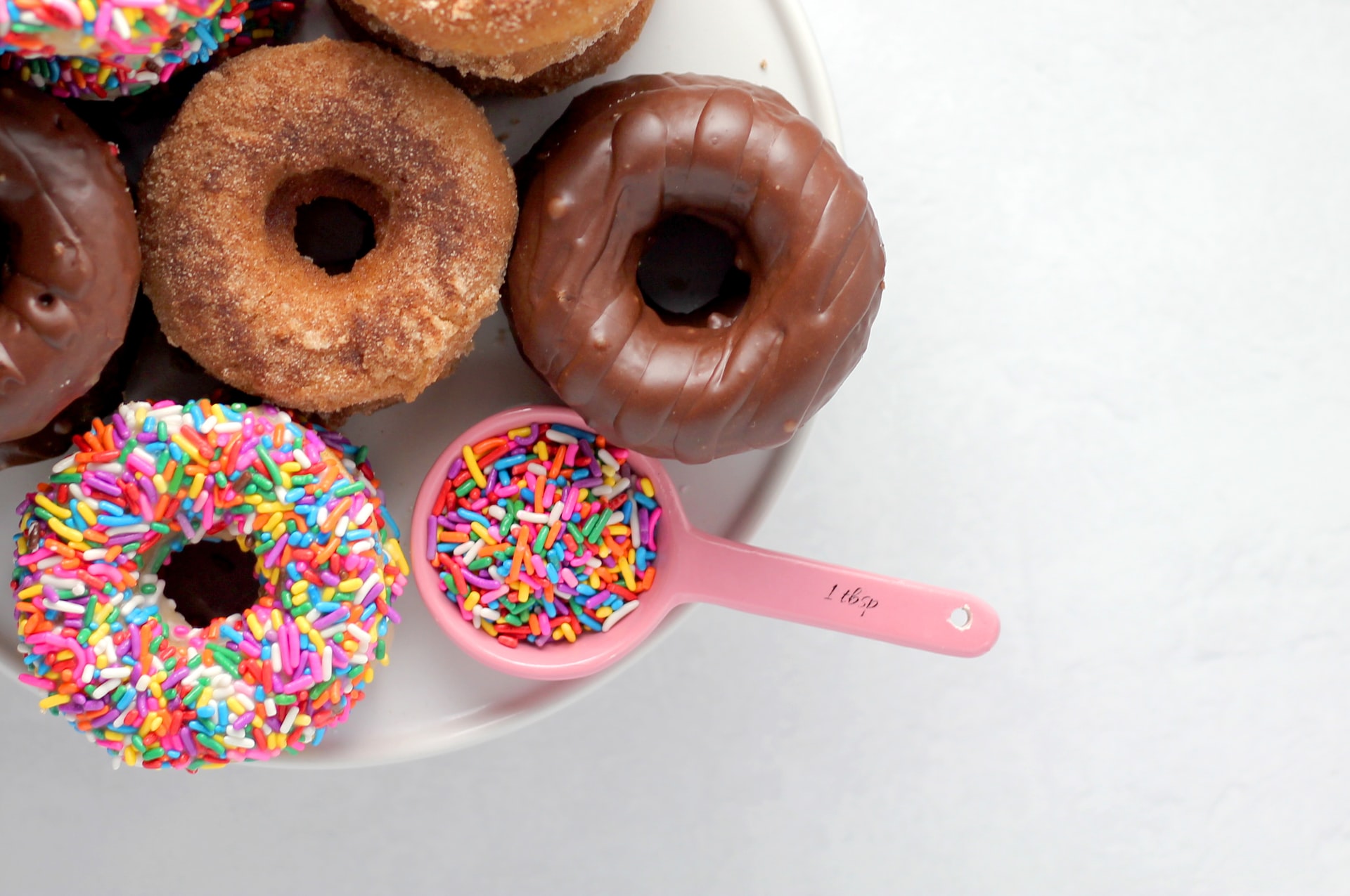Reading Time: < 1 minutes
- ‘Going Dutch’ is a term for dining-etiquette in the western world, where each person pays for his/her own meal rather than one person paying for everyone.
- There are several theories about the origination of the term; the origins, however, are not completely clear.
- Theory 1: A derogatory expression that the British coined for the Dutch during Anglo-Dutch wars.
- Britain and the United Provinces of Netherlands (referred to as the Dutch Republic) fought four wars across the 17th and 18th centuries.
- Nearly all of these battles were naval engagements and often British sailors used curses to demean the Dutch counterparts and gave ‘Dutch’ a negative connotation.
- E.g. Dutch courage (courage from drinking liquor), Dutch metal (imitation of gold), Dutch palate (low-class) & Dutch nightingale (a frog).
- Similarly, a ‘Dutch treat’ was no treat and everybody was to pay for himself/herself.
- Theory 2: It comes from the concept of a Dutch door, which has an upper and lower half that can be opened ‘independently’.
- So, Going Dutch means everyone pays independently.
- Theory 3: The German settlers’ reputation for never leaving a debt unpaid.
- In the 17th & 18th centuries, many people from Germany settled in Pennsylvania, US.
- The German word for ‘German’ is ‘Deutsch’ and these German settlers soon became known as Pennsylvania Dutch.
- The Pennsylvania Dutch quickly developed a reputation for never leaving a debt unpaid (they would pay for themselves in restaurants and bars, thus, never owing anyone any money).
- ‘Dutch Treat’ is believed to have first appeared in print in 1873 in The Daily Democrat and ‘Dutch Lunch’ in Morning Journal in 1897.
- The fact that both these publications are US-based, makes the theory of the phrase’s origin in America more plausible.
Image courtesy of Adrienn from Pexels
Reference shelf :


